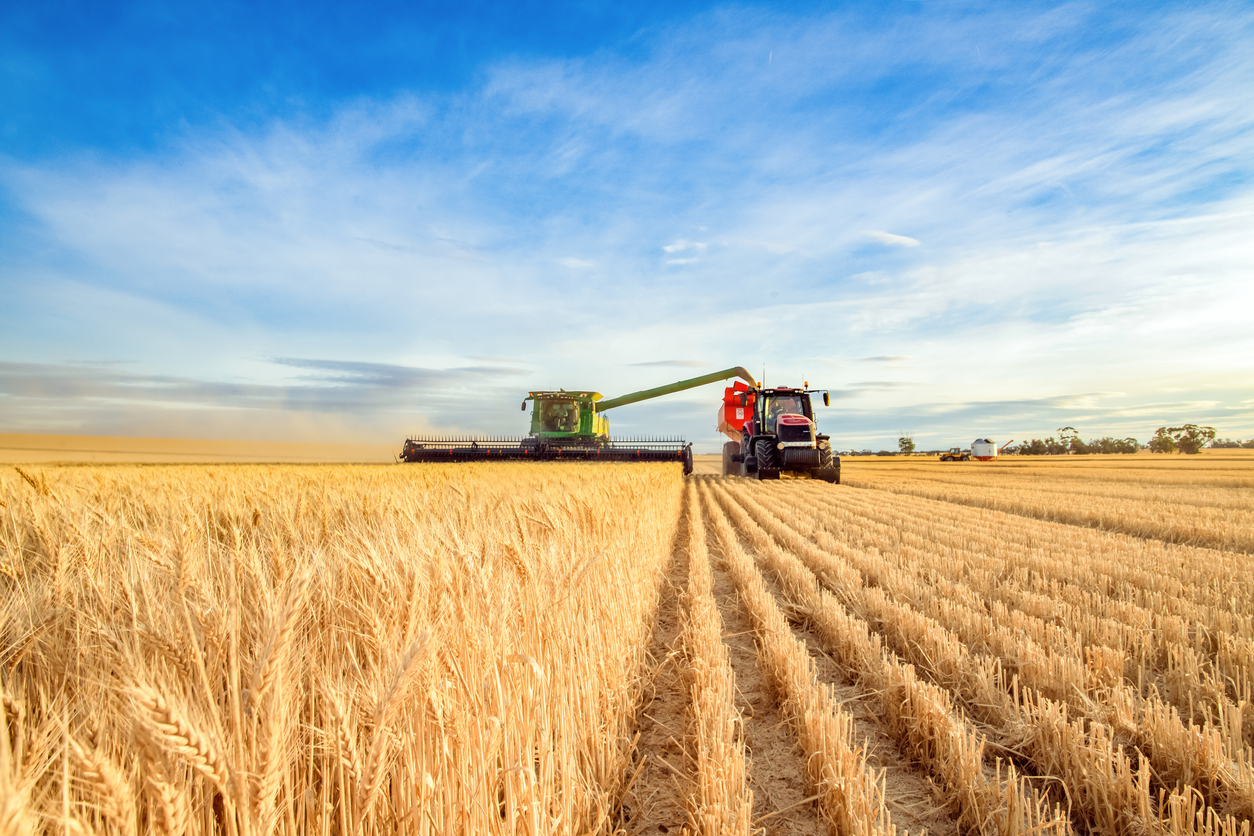Follar Feeding Tips

Corn and soybeans are entering a time of extreme stress due to hot temperatures and moisture stress. Most plant nutrients are absorbed through a plant's roots. However, sometimes nutrients can become locked up in the soil with other elements, making them unavailable to the plant. There are many factors that can contribute to nutrients becoming soil immobile. If the fertilizer solution pH is too high or too low, nutrient deficient, or excessive; some nutrients might not be plant absorbed. Poorly managed soils, low soil organic matter, low microbial activity, damaged root systems, excessive water or a lack of water can all lead to lowered rates of plant nutrient absorption. When a nutrient cannot be easily absorbed through the soil, foliar feeding may be a possible solution. The leaves, and sometimes even the stems, of many plants are equipped with tiny, pore-like structures called stomata, which means “mouth” in Greek. Stomata will open and close at certain times of the day. Stoma...

